Giacometti’s reputation as one of the 20th century’s greatest and most celebrated artists is unassailable. Since his death in 1966, exhibitions of his work around the world have ensured the continuing visibility of his distinctive achievement. In the last decade, France, Turkey, Spain, Italy, Brazil, Argentina, Germany, the Netherlands, and the USA are among the countries that have hosted shows. In the UK there have been two exhibitions in the last 18 months – ‘Giacometti: Pure Presence’ at the National Portrait Gallery, London, and ‘A Line Through Time’ at the Sainsbury Centre, Norwich. It is not difficult to see why Giacometti’s art exerts this enduring fascination.
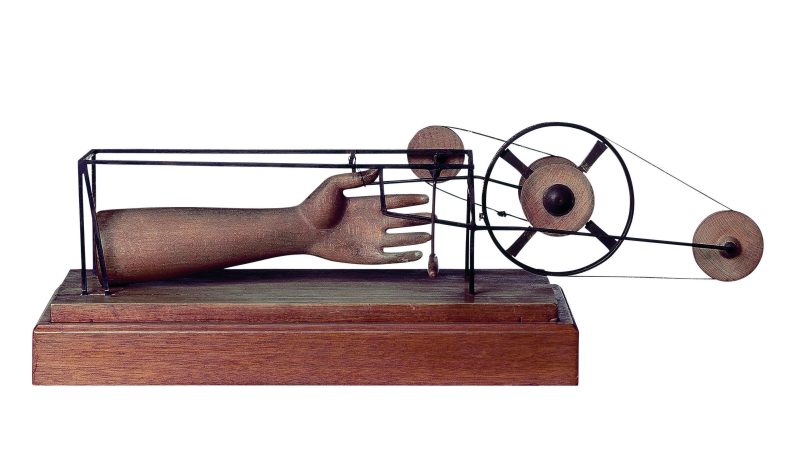
Caught Hand (1932) Alberto Giacometti Kunsthaus Zürich. © Alberto Giacometti Estate, ACS/DACS, 2017
Alongside those other giants of modernism, Picasso and Matisse, Giacometti’s work spans painting, sculpture, drawing, and printmaking, and, in common with those masters, the breadth and range of his art invites constant and varied interpretation. Indeed, it could also be argued that part of the attraction is the deeply enigmatic nature of Giacometti’s art. Despite regular exposure, and in the face of extensive critical scrutiny, his work continues to provoke lingering questions. What is it actually about? Why the obsessive preoccupation with ‘copying’, as he called it? and what is the significance of the inscrutable elongated figures, which on the face of it hardly seem to fulfil the artist’s ambition to achieve a likeness? On this the artist himself was less than illuminating: ‘Why am I a painter. Why am I a sculptor? I don’t know.’ The opportunity to revisit these issues is provided by a major exhibition of over 250 works at Tate Modern.
The product of a collaboration between Tate and the Fondation Giacometti in Paris, the exhibition is, as its publicity claims, the first retrospective for 20 years. By bringing together a large number of works from across Giacometti’s entire career – many from the Fondation’s collection and previously unseen – the aim is to trace the artist’s development and shed light on the knotty question of his motives. Unlike earlier exhibitions that were more modest in scale or devoted to particular aspects, a career survey enables detailed comparisons between individual works, and makes it possible to follow the succession of stylistic developments.
Comprising 10 rooms, the exhibition proceeds more or less chronologically. The first functions as a kind of prologue, in which the visitor is confronted by serried ranks of sculpted heads from various periods. The earliest, Head of a Child (Simon Bérard) (c. 1917–18), is a wonderful small painted plaster made when Giacometti was aged around 16. The penetrating sensitivity of the artist’s mature vision is here in embryo and abundance. Belonging to a period when the young Giacometti believed that he ‘saw more clearly than anyone’, his ability to capture the sitter’s vital essence seems effortless. Two plaster heads of his muse Isabel Nicholas, sculpted in the late 1930s, reveal that this facility did not last. The first, made at the beginning of their relationship, has an idealised serenity. The latter work is scarred by roughly hewn sketches, its surface an index of struggle. Heads of his brother Diego from the same time manifest a similar obsession with giving form to his endlessly changing sensations. Presented in close proximity, the group reaches its climax with sculptures belonging to the 1960s, heads whose features bear the evidence of the artist’s repeated attempts to capture a nebulous appearance.
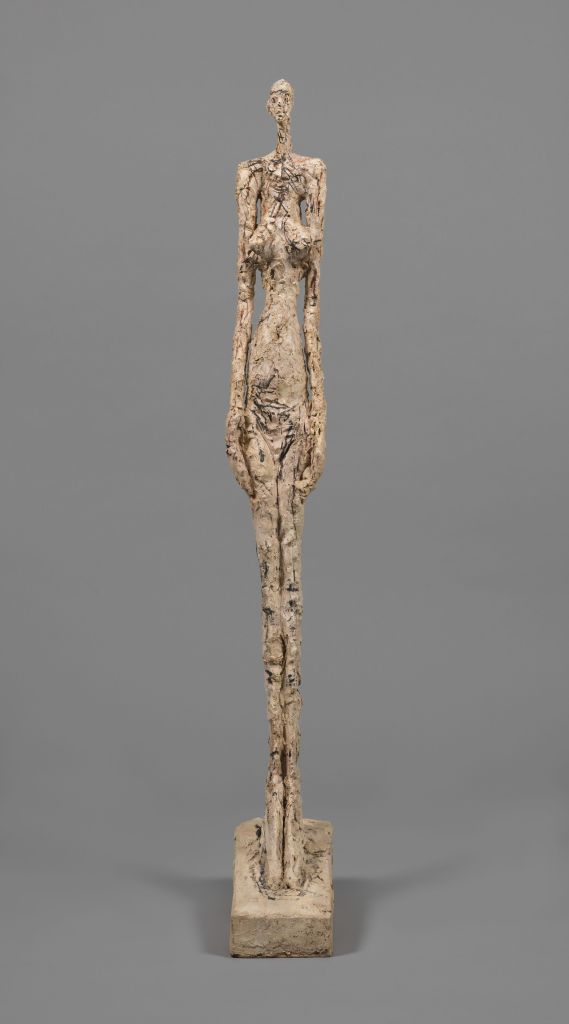
Woman of Venice V (1956), Alberto Giacometti. Collection Fondation Alberto et Annette Giacometti, Paris. © Alberto Giacometti Estate, ACS/DACS, 2017
Around the time these later works were made, Giacometti explained that in the intervening period his objective had remained the same: ‘to copy exactly’. Viewing the group as a whole, with its extraordinary turns and twists in terms of scale, materials and handling, the question of what Giacometti meant by ‘copying’ is forcefully evident; over a period of 50 years the very nature of perception is being interrogated.
The second room takes up the story from the mid 1920s, when Giacometti – by his own account – felt it necessary ‘to abandon the real’. Frustrated by his attempts to reproduce precisely the appearance of his observed models, he turned to imagination. Beginning with Torso (1926), the human form is progressively abstracted, its constituent parts reorganised. The plaque sculptures made towards the end of that decade renounce figurative references almost completely, attaining a wondrous formal purity. The complex, contradictory nature of Giacometti’s imagination is made evident by the later surrealist works that occupy the centre of the room.
In such works as Disagreeable Object (1931) and Caught Hand (1932), Giacometti probed the darker recesses of erotic fantasy and trauma. The first of these is an intimidating phallic form; the latter a reference to a childhood accident in which Diego thrust his fingers into an agricultural machine. The narrative proposed here has visual force, but is partial. By neglecting the figurative, portrait-dominated works that preceded Giacometti’s move to Paris in 1922, his early obsession with ‘copying’ is underplayed, and his conversion in Paris to abstraction and surrealism appears total. In fact, throughout the 1920s, Giacometti continued to make portraits of his family during regular visits to Switzerland.
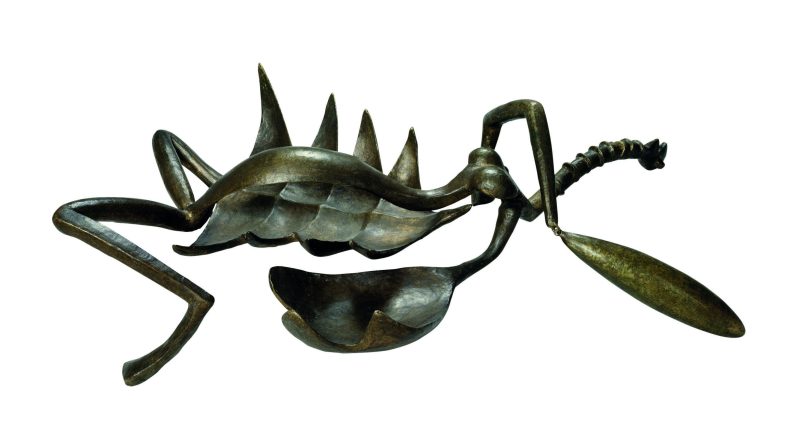
Woman with Her Throat Cut (1932; cast 1949), Alberto Giacometti. National Galleries of Scotland, Edinburgh. © Alberto Giacometti Estate, ACS/DACS, 2017
The rest of the exhibition explores the successive phases of Giacometti’s development. There are rooms devoted to the decorative objects made during the 1930s, his contributions to surrealist publications, the larger floor-based works of the early 1930s, including the still shocking Woman with Her Throat Cut (1932) and the tiny sculptures made during the war years when he was living in exile in Switzerland.
The second half of the show is occupied by the works made after Giacometti’s return to Paris in 1945. During the last 20 years of his life, Giacometti’s vision emerged with extraordinary clarity. The elongated figures that seem to encapsulate mankind’s spiritual agoraphobia after the Second World War haunt the final rooms with their poignant and at times abject presence. Alongside these, Giacometti’s engagement with portraiture was a parallel preoccupation, and is an important aspect that deserves more attention in this expanded context. Drawing, too, was an essential part of his practice, but is relegated here to isolated examples. In daily sittings with his regular subjects – Annette, Diego, Caroline, Yanaihara, and others – he strived to record their elusive appearance, and in the studio was reminded constantly of the futility of that endeavour.
This large retrospective exhibition pays fulsome tribute to a hugely compelling body of work, but ultimately its fascinating subject remains elusive.
‘Giacometti’ is at Tate Modern, London, from 10 May–10 September.
From the July/August issue of Apollo. Preview and subscribe here.
Unlimited access from just $16 every 3 months
Subscribe to get unlimited and exclusive access to the top art stories, interviews and exhibition reviews.

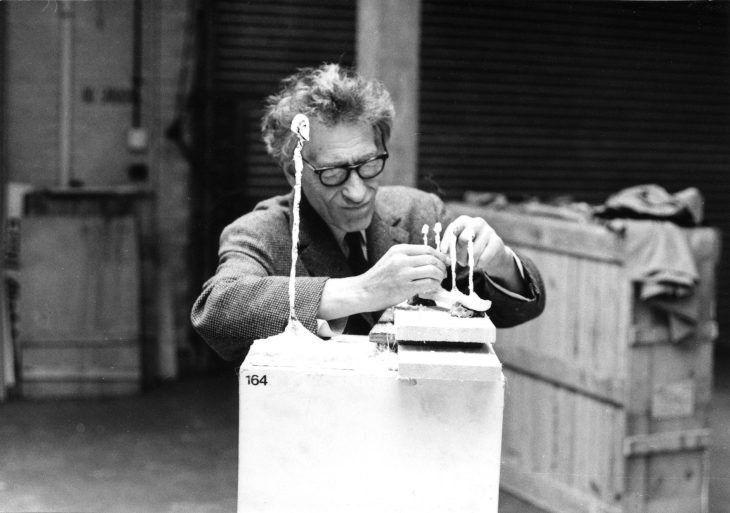
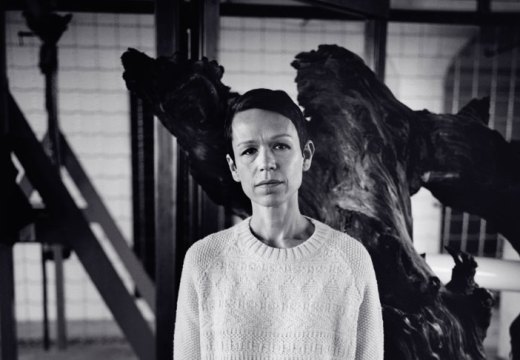
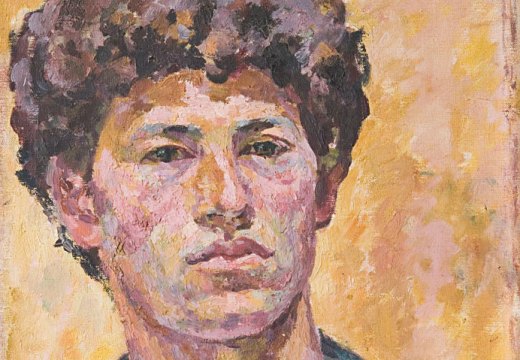
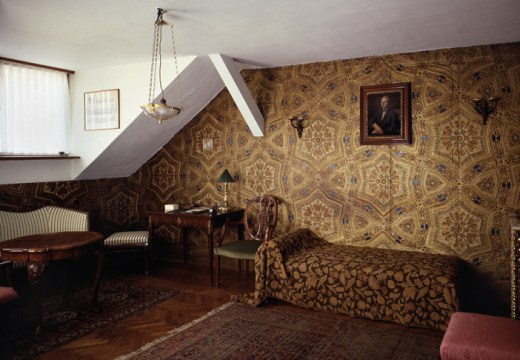









![Masterpiece [Re]discovery 2022. Photo: Ben Fisher Photography, courtesy of Masterpiece London](http://www.apollo-magazine.com/wp-content/uploads/2022/07/MPL2022_4263.jpg)
It’s time for the government of London to return to its rightful home